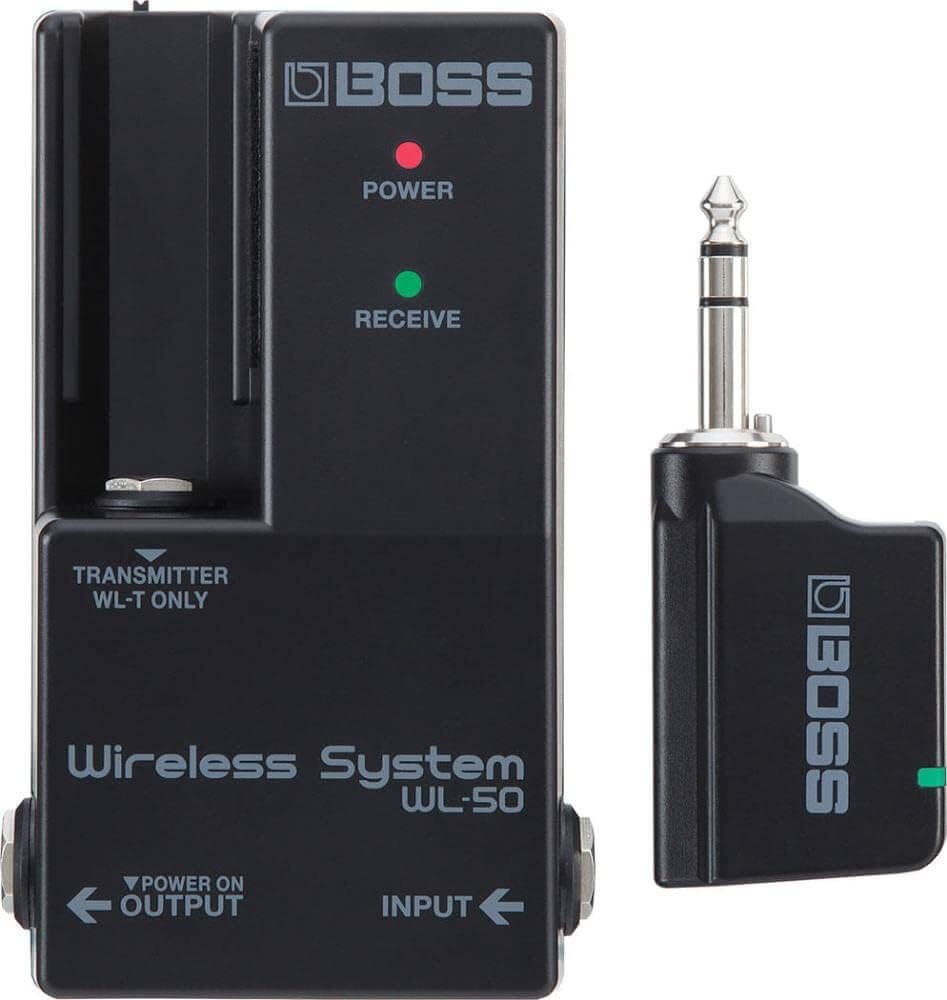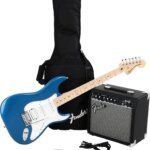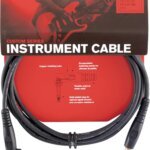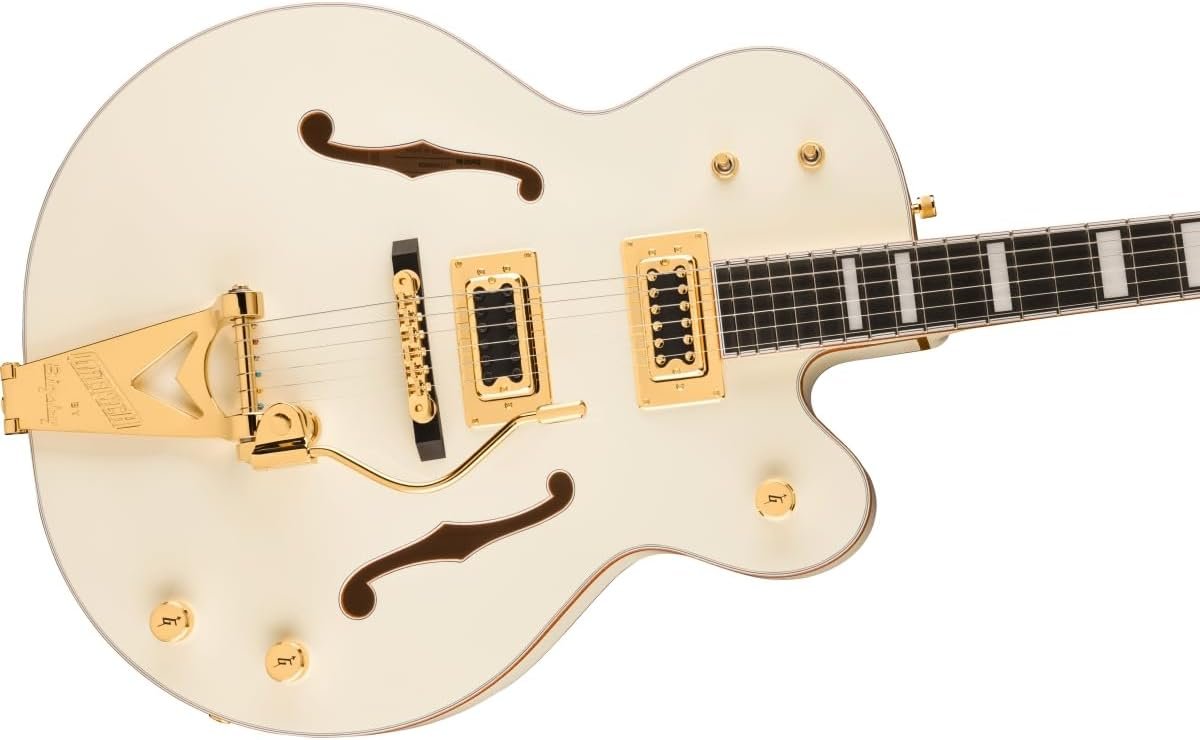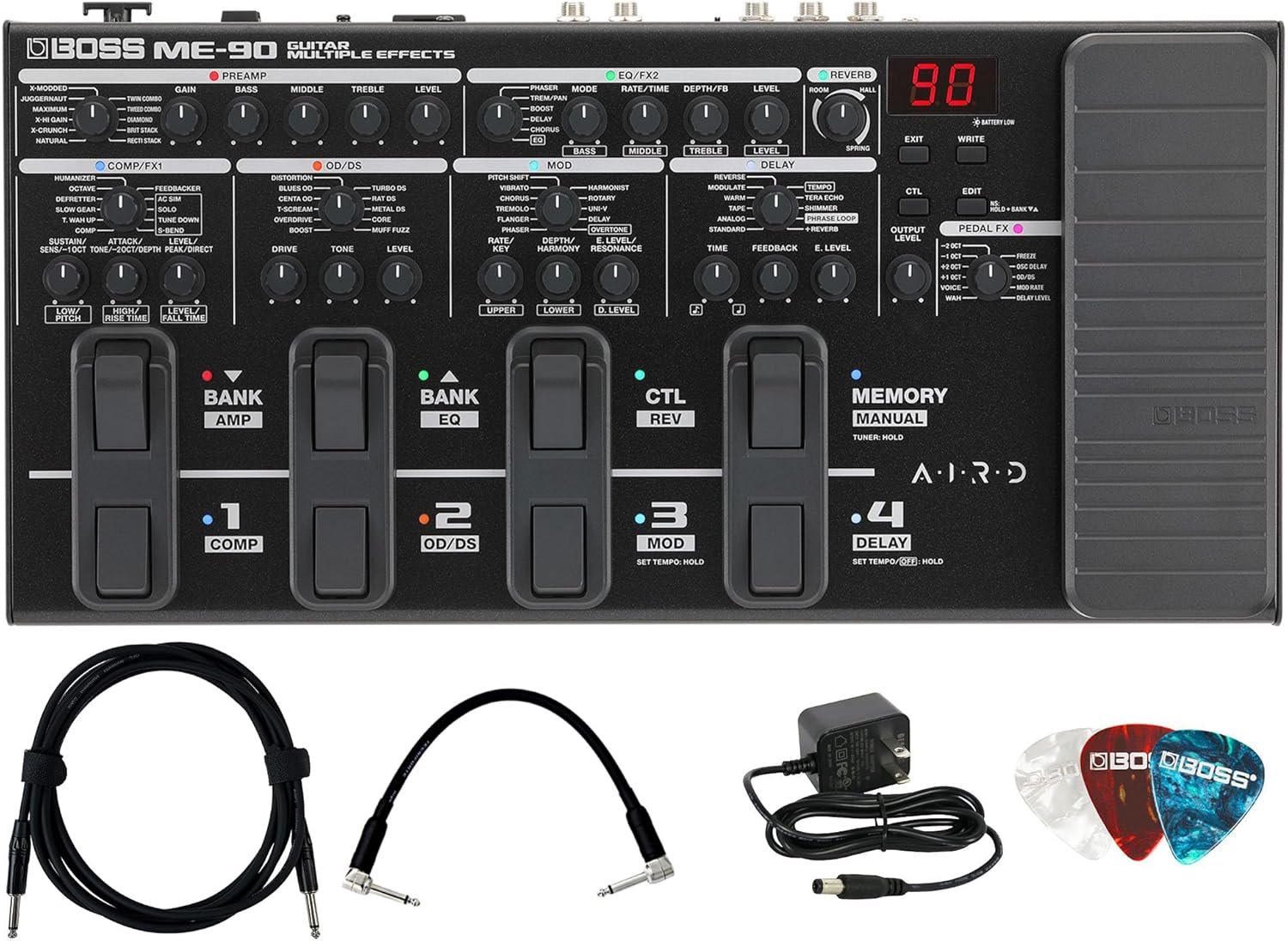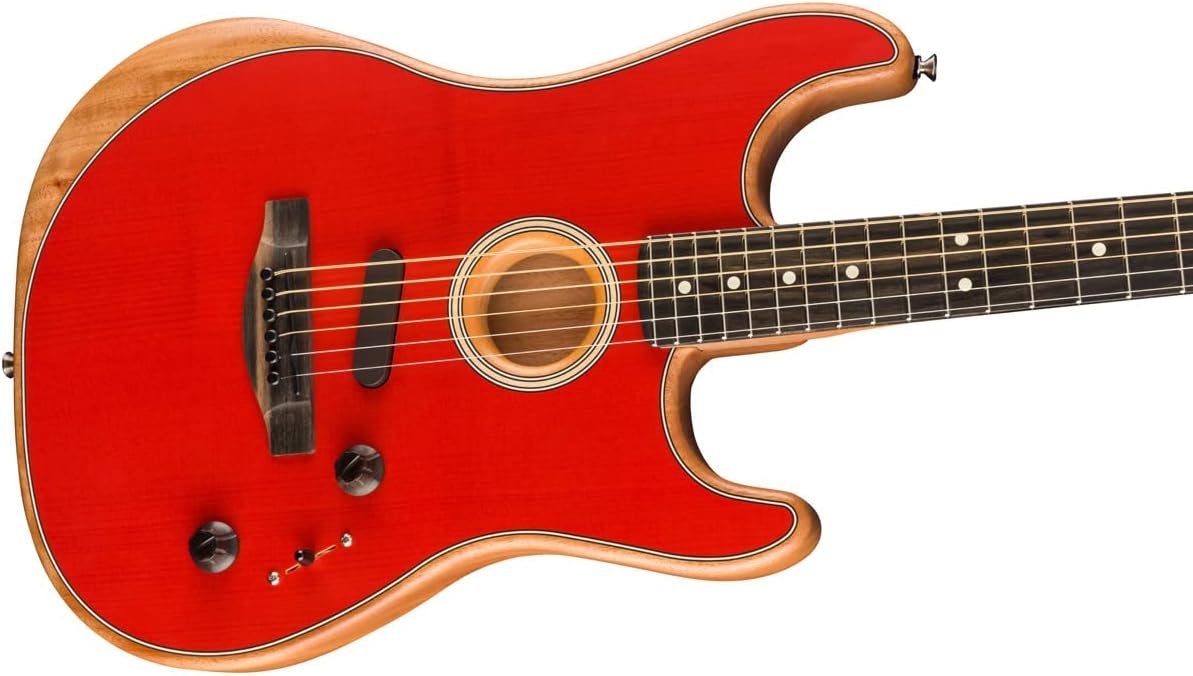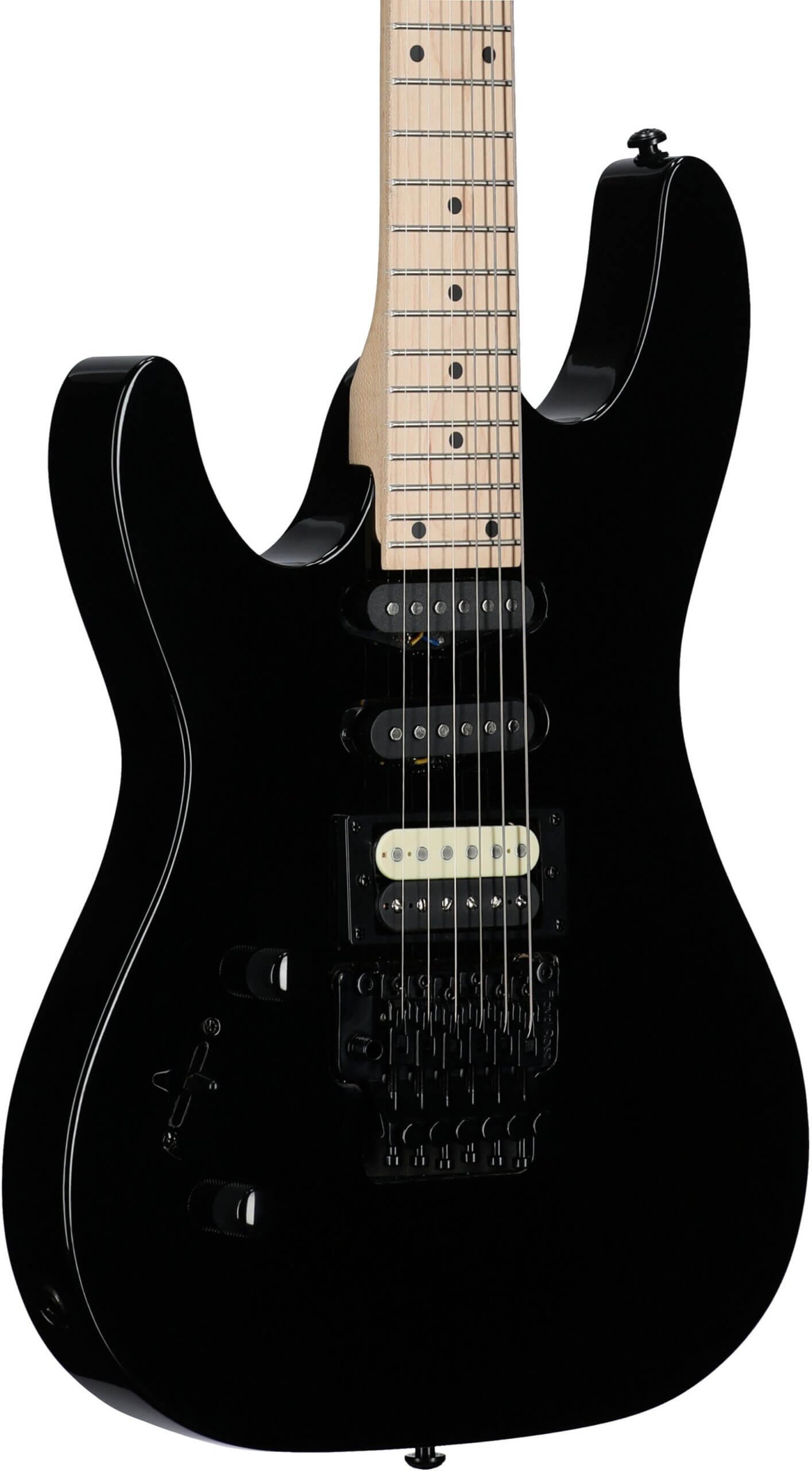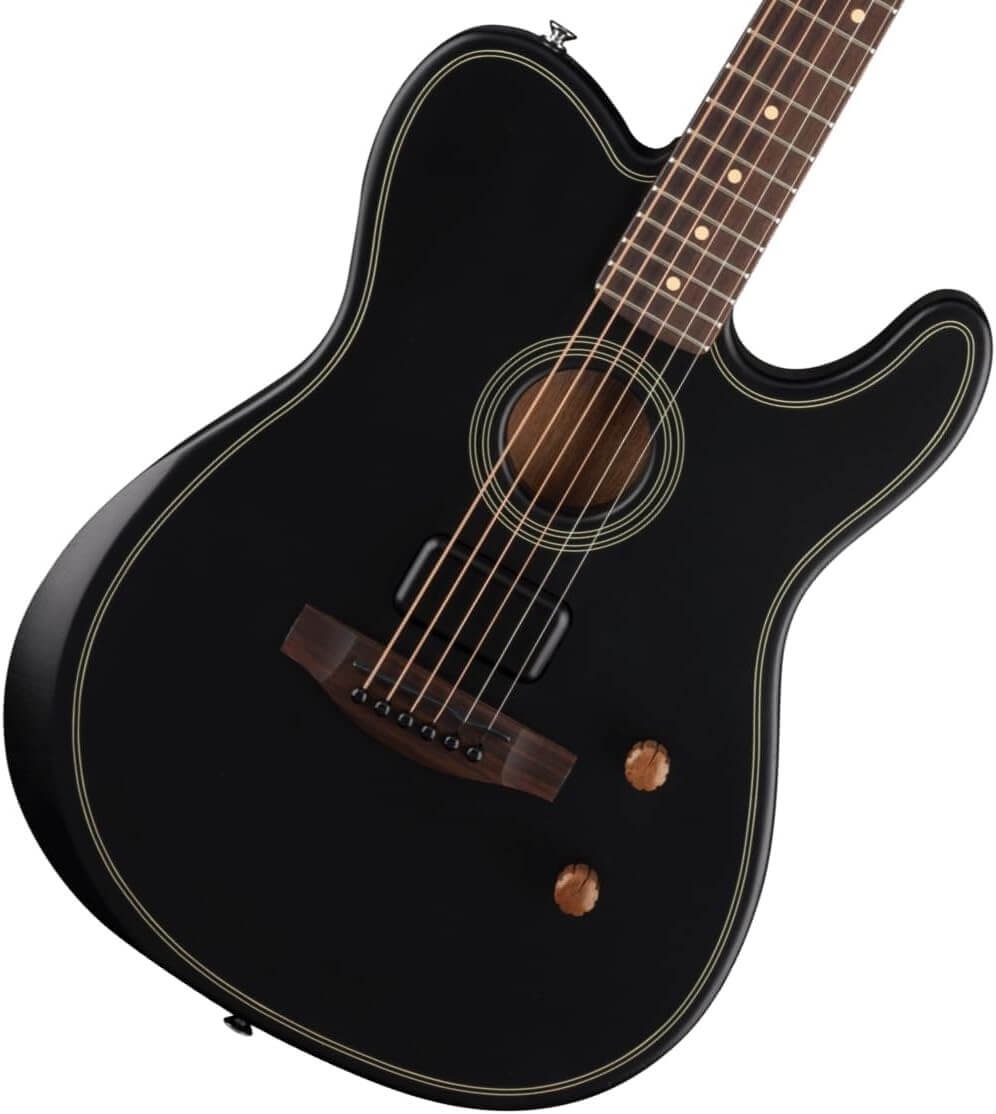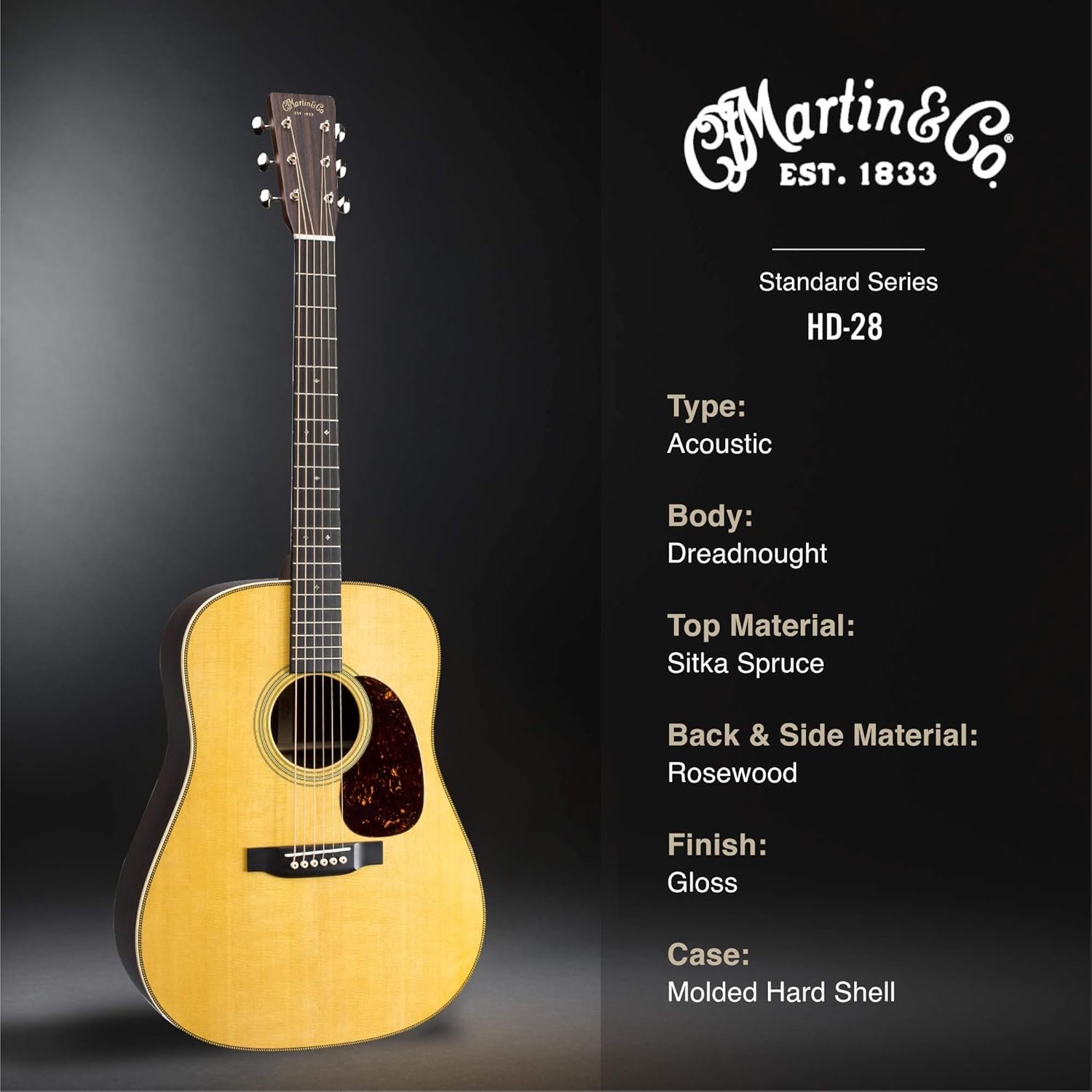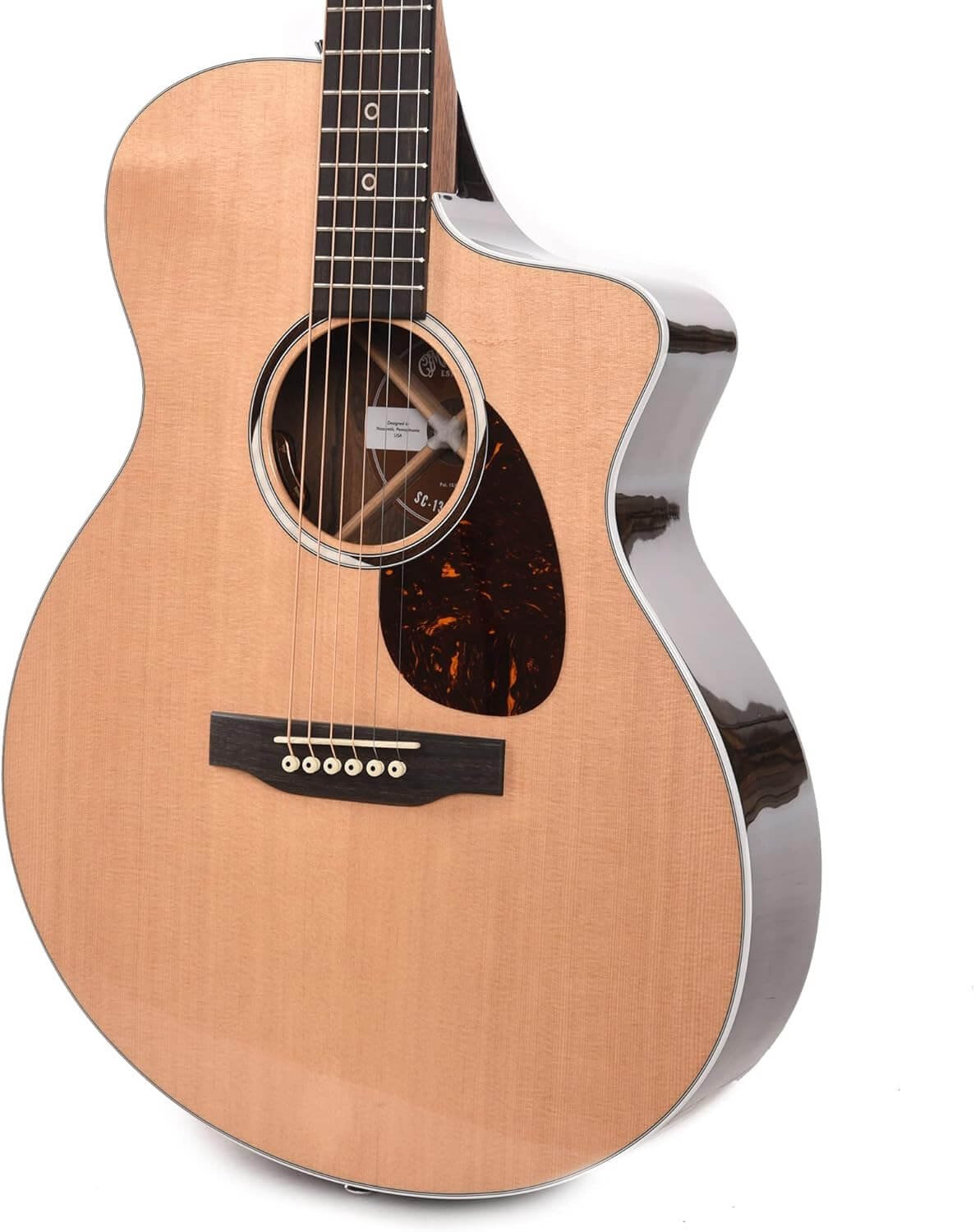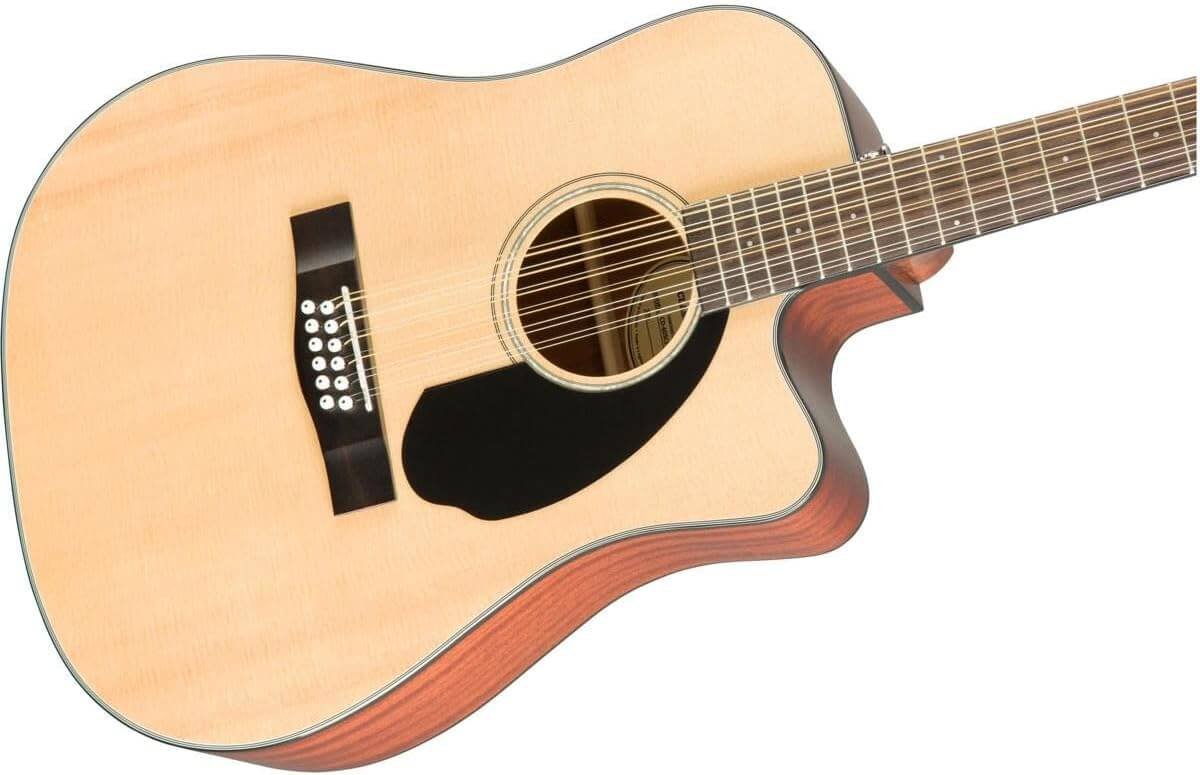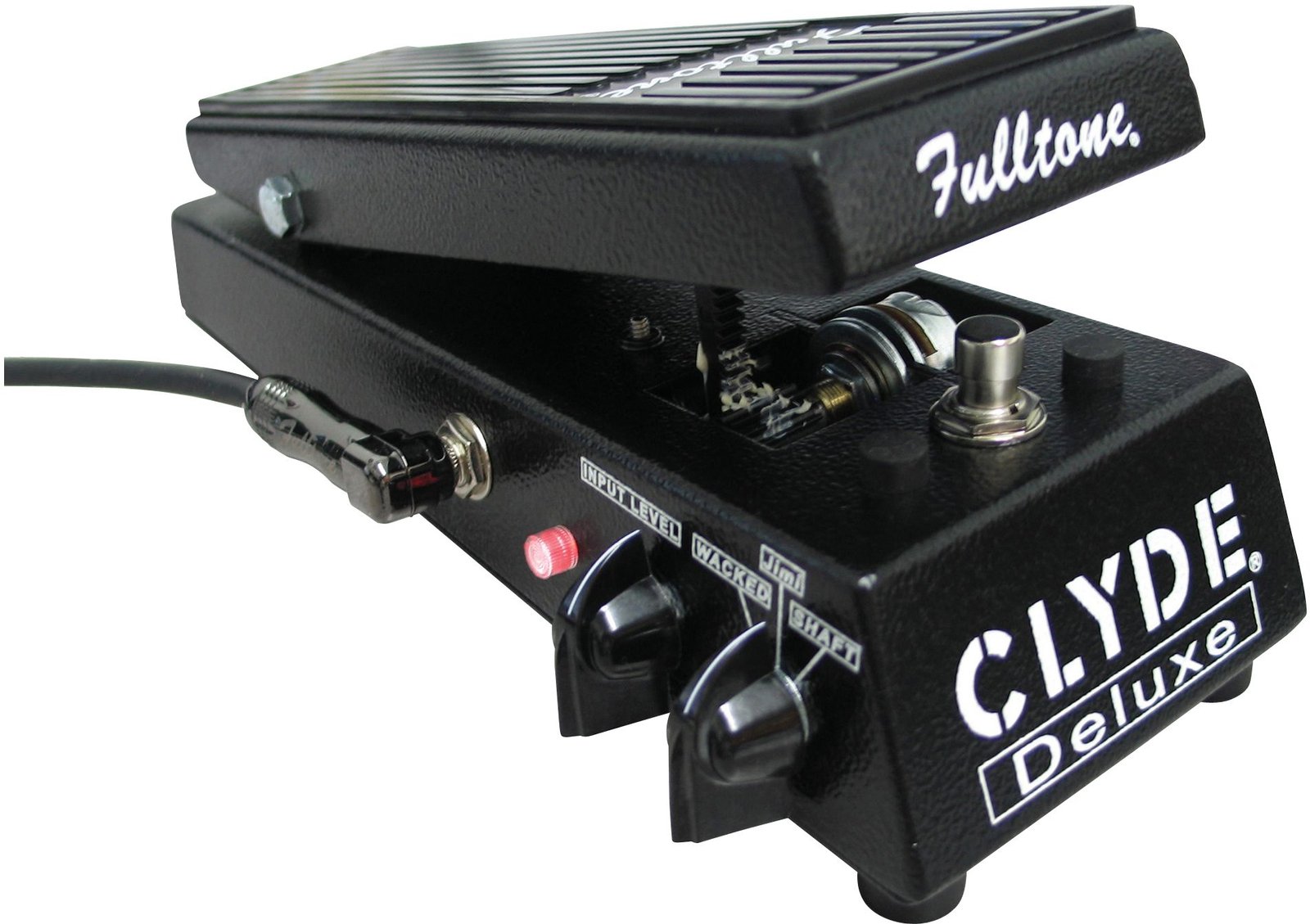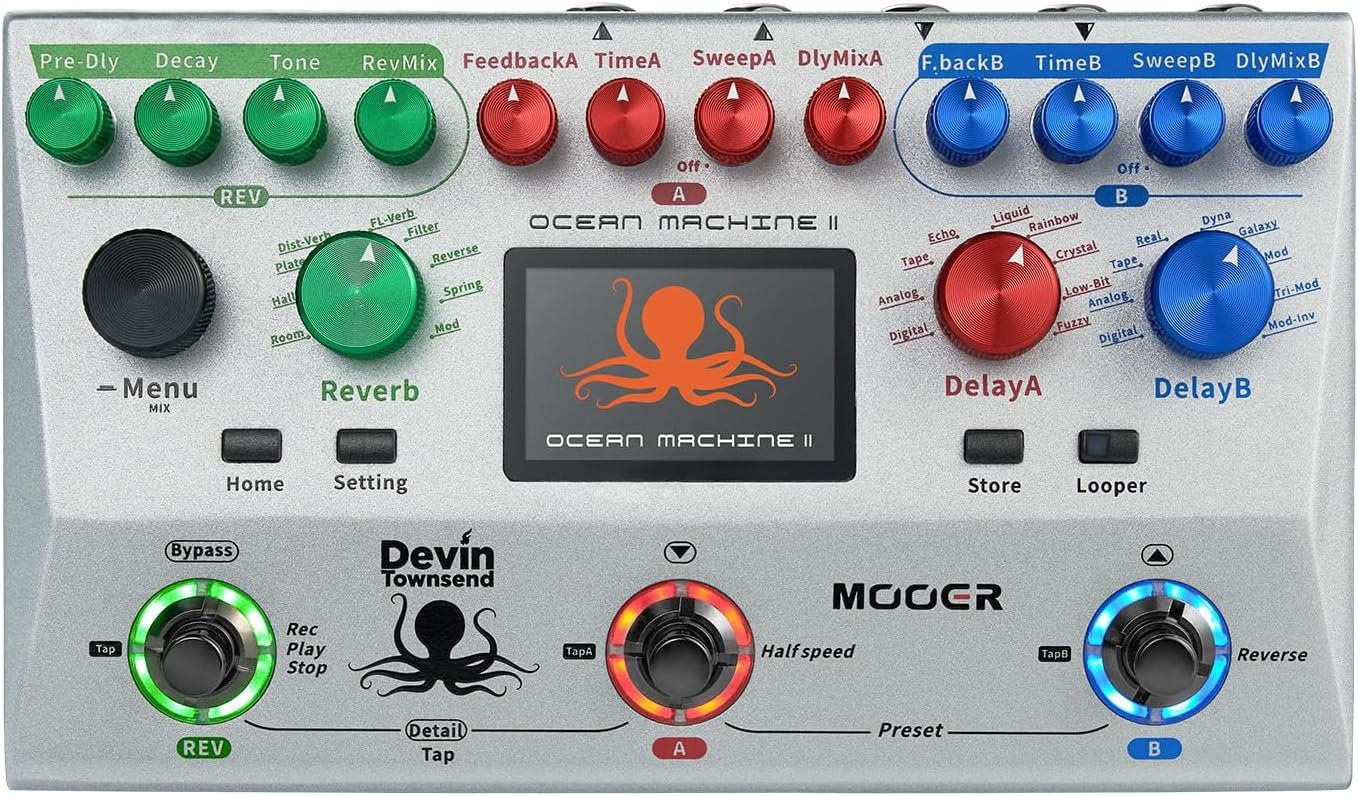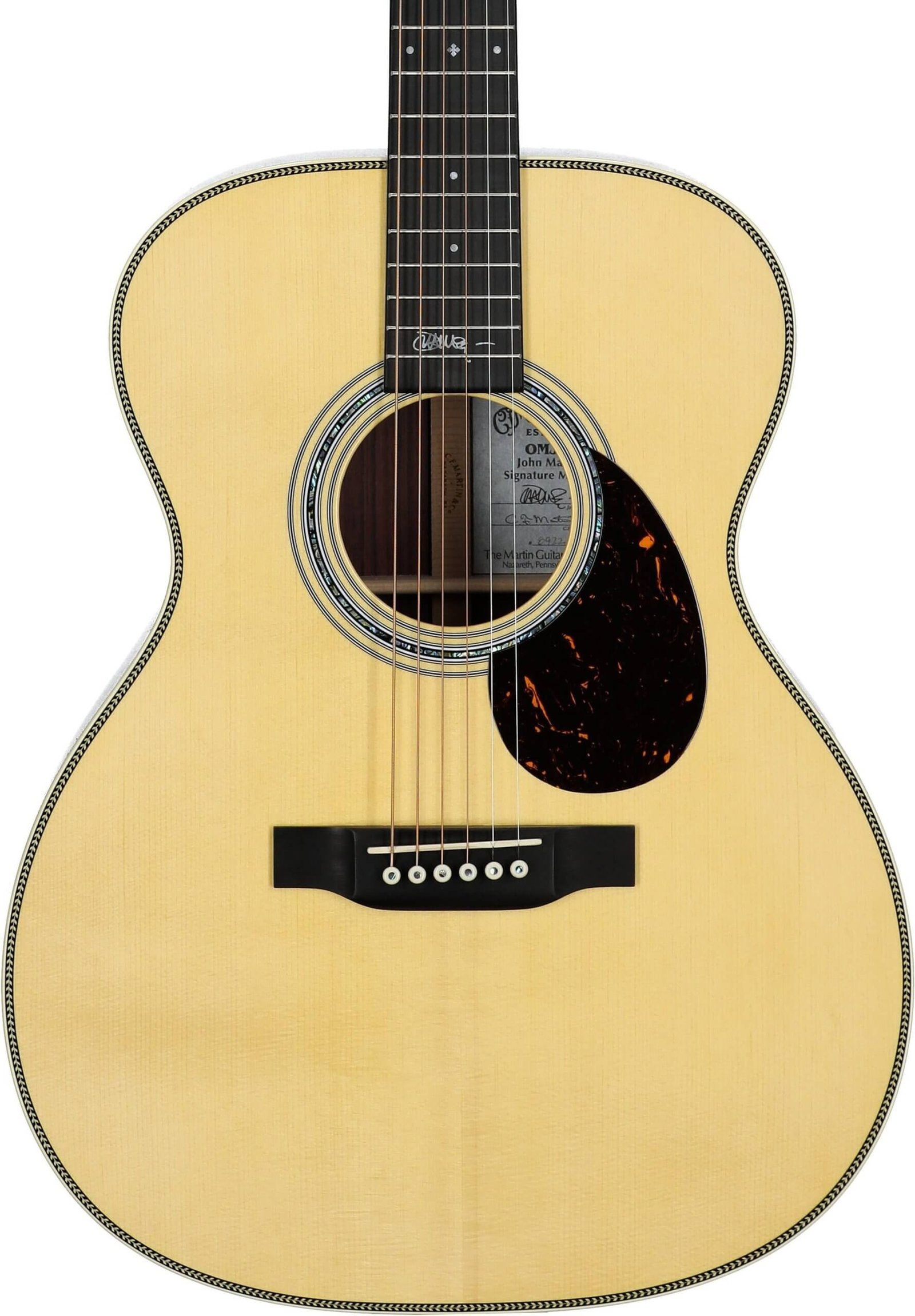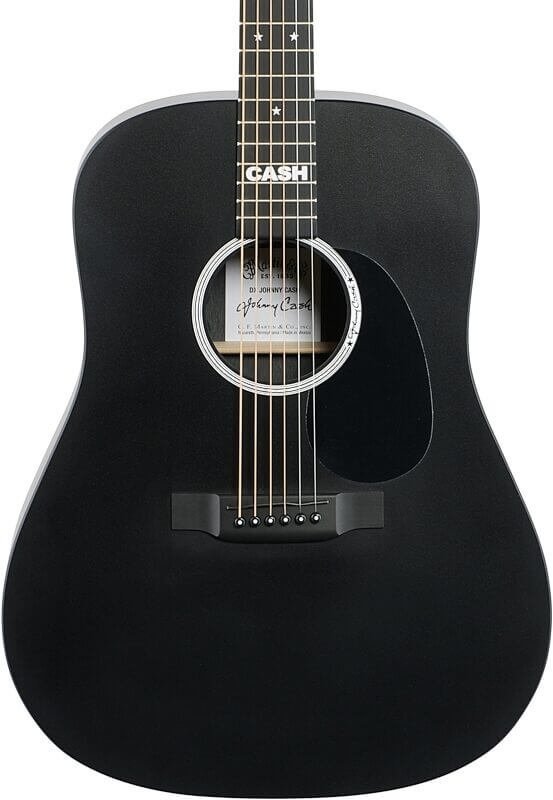Introduction to Wireless Guitar Systems
Wireless guitar systems have revolutionized the way musicians perform, offering unparalleled freedom and convenience compared to traditional wired setups. These systems utilize radio frequency technology to transmit audio signals from the guitar to an amplifier or sound system without the need for physical cables. This innovation significantly enhances the performance experience, enabling artists to move freely across the stage, interact with the audience, and fully immerse themselves in their craft.
The primary advantages of wireless guitar systems include reduced cable clutter and elimination of the constraints associated with long, tangled cables. Musicians can now set up their equipment in a more organized manner, allowing for a cleaner stage while minimizing the potential for tripping hazards. This ease of setup and mobility is particularly beneficial for performers in dynamic live environments, where movement is essential.
Moreover, advancements in technology have led to improvements in the sound quality and reliability of these systems. Modern wireless systems, including the Boss WL-50 guitar wireless system, often come equipped with features that minimize latency and interference, ensuring that audio signals remain clear and consistent during performances. Musicians no longer have to sacrifice sound quality for the sake of convenience, making these systems increasingly appealing to professional players and hobbyists alike.
As the popularity of wireless guitar systems continues to rise, more artists are incorporating them into their gear setups. With options ranging from simple plug-and-play units to more complex systems, musicians can choose a wireless solution that best suits their needs and performance style. Whether for practice in a home studio or for high-energy performances at large venues, the benefits of going wireless are undeniable.
The Boss WL-50: A Game Changer
The Boss WL-50 wireless guitar system represents a significant advancement in wireless technology for musicians. What sets this system apart is its compact stompbox design, which allows for easy integration into any pedalboard setup. Gone are the days of cumbersome equipment; the WL-50’s user-friendly interface makes it accessible for both novice and experienced guitarists alike. With just a simple plug-and-play functionality, musicians can quickly connect their instruments and begin playing without the hassle of complicated setups.
At the heart of the Boss WL-50 is its remarkable sound transmission quality. This wireless system is engineered to deliver audio fidelity comparable to wired connections, ensuring that musicians can perform with confidence, knowing that their sound will remain pristine. It uses advanced technology that minimizes interference and provides a reliable connection, which is crucial for live performances where consistency is key. The WL-50 not only maintains the tonal integrity of the guitar but also offers remarkable dynamic response, ensuring that every note and subtle nuance of the performance is captured accurately.
Another notable feature of the Boss WL-50 is its impressive range. This wireless system allows guitarists to move freely on stage without compromising sound quality. It is designed to accommodate various performance environments, whether on a large concert stage or in a small rehearsal space. The lightweight design enhances portability, making it convenient for musicians who travel frequently. By choosing the Boss WL-50, guitarists are investing in a reliable and innovative wireless solution that redefines the standards of performance and convenience in the world of music technology.
Key Features of Boss WL-50
The Boss WL-50 guitar wireless system is designed to provide an easy-to-use solution for guitarists seeking freedom of movement during performances. One of the most notable features is its straightforward setup process. Musicians can quickly plug in the transmitter to their instruments and connect the receiver to their amplifiers, allowing them to focus on their playing rather than complicated wiring or configurations. This user-friendly aspect makes it appealing for both aspiring and professional guitarists alike.
Robustness is another defining characteristic of the Boss WL-50. Constructed with durable materials, it ensures reliability under various conditions, whether on stage or during practice sessions. The system is built to withstand the rigors of touring, making it a worthy investment for performers who demand equipment that can keep pace with their active lifestyles.
Battery life is critical for any wireless device, and the Boss WL-50 excels in this area, boasting an impressive duration that can last for up to 12 hours on a single charge. This extended battery life provides peace of mind during long gigs, ensuring that musicians do not have to worry about their system dying mid-performance. Additionally, the system includes convenient LED indicators that display the remaining battery level, allowing guitarists to plan for recharging as needed.
Another exceptional aspect of the Boss WL-50 is its operational range. With a wireless transmission distance of up to 50 meters, musicians can roam freely on stage, enhancing their performance with unrestricted movement. The system also supports both high-impedance (1 MΩ) and low-impedance (600 Ω) inputs, catering to a wide array of guitar types and playing styles. Overall, the Boss WL-50 guitar wireless system provides a comprehensive set of features that address the practical needs of guitarists, enhancing their playing experience significantly.
How to Integrate the WL-50 into Your Setup
Integrating the Boss WL-50 guitar wireless system into your pedalboard setup can enhance your playing experience by providing freedom of movement without compromising sound quality. To start, it’s essential to position the WL-50 transmitter correctly. Attach it to your guitar’s output jack, ensuring a snug fit, as a loose connection can lead to signal loss. Additionally, the WL-50 features a rechargeable battery, allowing for easy power management. Check the battery indicator regularly to avoid unexpected power loss during performances.
Next, consider the connection process to your effects pedals and amplifier. The WL-50 includes both an input and output that can be integrated seamlessly with your existing pedalboard. Connect the output of the WL-50 to the input of your amplifier and route your pedals in between. This setup will maintain the signal chain’s integrity while allowing you to utilize effects without being tethered to your amp. It’s advisable to place the WL-50 as early in the chain as possible for optimal sound quality, as this placement minimizes interference and preserves the characteristics of your guitar signal.
When using the Boss WL-50 with different guitar types, such as electric, acoustic, or bass, be aware of the different tonal qualities each instrument brings. The wireless system accommodates various instruments, making it versatile for performers. However, you may need to tweak your pedals or amplifier settings based on the guitar type to achieve the best sound. Furthermore, conducting thorough testing in different performance contexts such as studio recordings and live settings will help you optimize the sound quality for each scenario.
By following these guidelines, you can effectively integrate the Boss WL-50 guitar wireless system into your setup, allowing for enhanced mobility and superior sound quality in your performances.
Benefits of Going Wireless
The transition to a wireless system, such as the Boss WL-50 guitar wireless system, can significantly enhance a musician’s performance experience. One of the primary benefits of adopting a wireless setup is the increase in mobility it provides. Musicians can move freely across the stage, connect with their audience, and engage in dynamic performances without being tethered by cables. This liberation allows for a more expressive performance, especially for guitarists who rely on movement to connect with their art and their listeners.
Many musicians have shared their positive experiences after switching to wireless systems. One guitarist mentioned, “Using the Boss WL-50 has completely transformed the way I perform live. I can move around, interact with my band and the audience, and not worry about stepping on a cable or getting tangled up in wires.” This increased freedom is coupled with a substantial reduction in setup times. Traditional setups often require meticulous cable management, which can eat into valuable rehearsal time. In contrast, wireless systems enable quick and efficient connections, allowing musicians to focus on playing rather than setting up their gear.
Another advantage of wireless performance is the ability to perform in a more natural way. The Boss WL-50 guitar wireless system is designed to maintain sound quality and transmission accuracy, ensuring that artists can express themselves authentically without worrying about signal loss or interference. As one musician reflected, “With the Boss WL-50, I feel like I can perform without physical constraints. The wireless system delivers top-notch sound, and I am no longer restricted to a limited area on stage.” This capability not only enhances the musical experience but also elevates the overall stage presence of performers. By embracing wireless technology, musicians can fully realize their creative potential, further enriching their live performances.
Comparing Boss WL-50 to Other Models
When evaluating the Boss WL-50 guitar wireless system, it is essential to compare its features with those of other prominent models available in the market. This comparative analysis focuses on four critical aspects: pricing, performance, reliability, and user-friendliness.
Starting with pricing, the Boss WL-50 is positioned in a competitive range. While there are cheaper options available, many of these models compromise on quality and features. In contrast, the WL-50 offers an excellent balance between affordability and high-end features, making it a preferred option for both beginners and seasoned musicians. Other models might come with additional features but at a premium, which may not be justified for every user.
Performance is a vital consideration for guitarists. The Boss WL-50 wireless system employs advanced wireless technology that ensures low latency and a stable connection over significant distances. Compared to its competitors, some wireless systems can experience interference, leading to dropouts and sound quality issues. Users have consistently reported that the WL-50 maintains clarity and integrity in sound, even in challenging environments, which enhances the overall playing experience.
Reliability is another area where the Boss WL-50 shines. Many users laud its robust design and durability, even during extensive touring. In comparison, several other models may not withstand the rigors of frequent use, leading to malfunction over time. The WL-50’s build quality and reliable connection make it a trustworthy tool for those who require consistency in their performances.
Lastly, user-friendliness is a key feature that sets the Boss WL-50 apart. With its straightforward setup process and intuitive interface, musicians can easily integrate it into their existing setups. Some rival systems may come with complicated settings that can confuse users, which can detract from the overall playing experience. The Boss WL-50’s design enhances accessibility and ease of use for all skill levels.
In conclusion, when compared to other wireless models, the Boss WL-50 guitar wireless system stands out for its competitive pricing, superior performance, reliability, and user-friendly design. These aspects make it a compelling choice for any guitarist looking for quality in a wireless setup.
Potential Drawbacks to Consider
While the Boss WL-50 guitar wireless system presents numerous advantages, it is essential to consider some potential drawbacks that may affect users’ experience. One primary concern is battery dependency. Unlike traditional wired systems that provide a constant power supply, the Boss WL-50 requires charged batteries to function. This dependency means that musicians must remain vigilant about battery life and ensure that they have spares available, particularly for longer performances or rehearsal sessions. A sudden loss of power mid-performance could disrupt a set, leading to undesirable situations.
Another point to consider is the learning curve associated with transitioning from wired to wireless setups. Guitarists who have become accustomed to using traditional cables may find it challenging to adjust to the nuances of a wireless system. This adjustment period might involve familiarizing oneself with the intricacies of wireless signal management, avoiding potential interference, and learning how to troubleshoot issues that can arise in a wireless environment. For some players, this may mean investing additional time in education and practice to achieve a seamless performance.
Moreover, while the Boss WL-50 promises to offer crisp and clear audio transmission, it is essential to acknowledge that some users may experience latency or degradation in sound quality, depending on the environment. Settings with a high concentration of electronic devices may impact the wireless signal, thus affecting overall performance. This concern might be particularly relevant for professional musicians who rely on precision and clarity in their sound.
In conclusion, while the Boss WL-50 guitar wireless system offers freedom and flexibility, it is crucial to weigh the potential drawbacks, including battery reliance and the learning curve, to ensure it aligns with your specific performance needs and preferences.
User Reviews and Experiences
The Boss WL-50 guitar wireless system has garnered considerable attention from musicians and audio professionals alike, resulting in a variety of user reviews and experiences that reflect its performance in real-world scenarios. Many users have praised the system for its exceptional sound quality and reliable connectivity. One guitarist noted that the clarity and depth of tone remained intact, even when moving around during performances. This aspect is particularly valued in live settings where sound integrity is essential.
Another significant aspect that users appreciate is the ease of use associated with the Boss WL-50. Many have reported that the setup process is straightforward, allowing them to quickly familiarize themselves with the system. One user remarked on the user-friendly interface, highlighting the convenience of switching between different instruments without needing extensive reconfiguration. This versatility is a major selling point for performers who utilize multiple guitars or equipment during their sets.
However, feedback is not exclusively positive. Some users have raised concerns regarding the operating range of the Boss WL-50. Several reviewers noted that while the system works well in smaller venues, they encountered limitations in larger settings or outdoor performances. This limitation sparked constructive discussions among users, who suggested potential ways to enhance the system’s versatility for various performance environments.
Moreover, battery life has been a topic of discussion. While many users were satisfied with the longevity of the batteries, a few experienced shorter usage times than anticipated. These reviews encouraged potential buyers to consider investing in high-quality rechargeable batteries to maximize performance.
Overall, user experiences with the Boss WL-50 guitar wireless system showcase a balance of commendations and reservations, emphasizing the importance of considering individual needs and performance contexts when evaluating this wireless solution.
Conclusion: Is the Boss WL-50 Right for You?
Determining whether the Boss WL-50 guitar wireless system is the right fit for you involves evaluating both your personal requirements and how this system aligns with them. The WL-50 stands out in its category due to its impressive features such as low latency, robust signal stability, and user-friendly interface. Whether you are a professional musician performing live or an amateur guitarist practicing at home, the benefits it offers can notably enhance your guitar-playing experience.
The compact design of the Boss WL-50 makes it highly portable, making it an excellent option for musicians on the go. Its ability to seamlessly connect with a variety of instruments underscores its versatility. If you often find yourself tangled in cables during performances or rehearsals, investing in this wireless system could significantly simplify your setup and provide you with more freedom on stage.
Additionally, with its rechargeable battery feature, the WL-50 ensures you will not face unexpected interruptions during performances, allowing you to focus on your music instead. The convenient battery life indicator also helps in planning ahead, providing peace of mind before going on stage. The potential for improved sound quality, combined with its robust design, makes it an appealing alternative for those considering making an upgrade from traditional wired systems.
In weighing these advantages against your specific needs, consider factors such as your performance setting, the instruments you use, and your budget. Ultimately, if you prioritize convenience, quality, and reliability in your performances, the Boss WL-50 guitar wireless system can be an excellent choice, enhancing not only your playing but also the overall stage experience.

